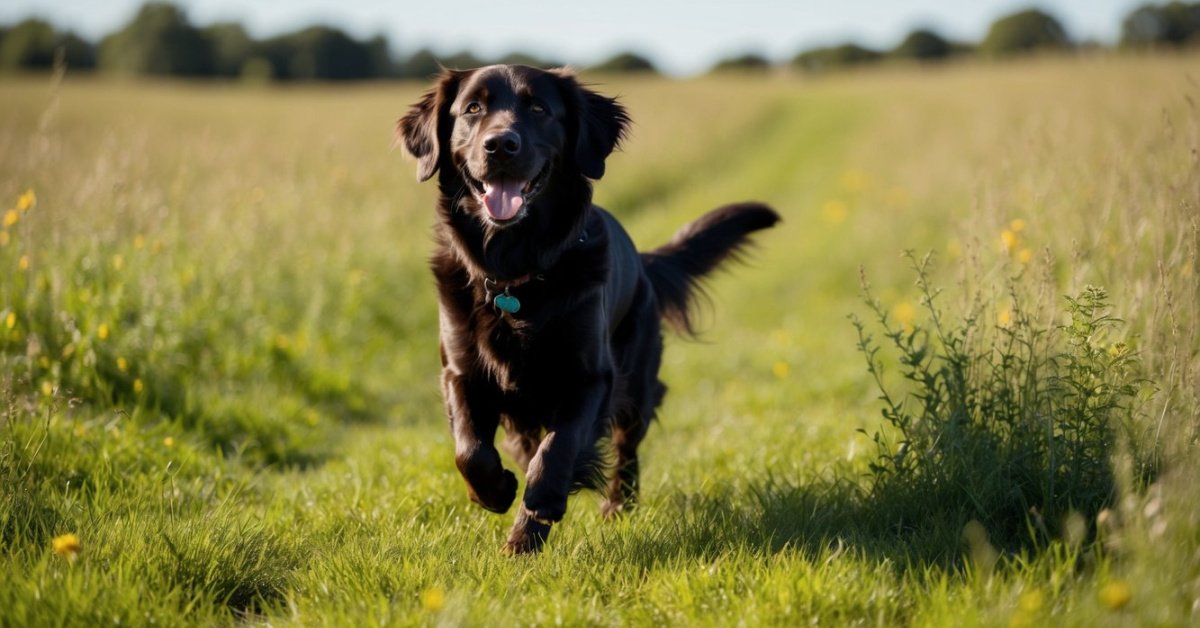Golden Retrievers are known for their friendly demeanor and playful spirit, but even the most lovable pups can develop behavior problems. As a proud owner of one of these gentle giants, I’ve encountered a few challenges along the way. Understanding these common issues is key to nurturing a happy and well-adjusted furry friend.
Understanding Common Golden Retriever Behavior Problems
Even friendly Golden Retrievers can encounter behavior challenges. Recognizing and addressing these issues leads to a happier, well-adjusted pet.
Fear and Anxiety Issues
Fear and anxiety manifest in various ways, including excessive barking, hiding, or destructive behavior. Common triggers include loud noises, unfamiliar environments, and social situations. I noticed my Golden Retriever showing signs of anxiety during thunderstorms, such as trembling and seeking comfort. Socialization during puppyhood often mitigates these fears. Gradual exposure to new experiences helps build confidence in anxious dogs.
Aggression Towards Other Dogs
Aggression towards other dogs can occur, often stemming from fear or possessiveness. My Golden Retriever displayed aggressive tendencies during playdates if overwhelmed by overly energetic dogs. Recognizing body language, such as growling or raised hackles, is crucial. Early socialization and training can reduce aggressive behaviors. Controlled introductions to new dogs in neutral settings help prevent aggressive encounters.
Socialization Challenges
Socialization challenges can arise in Golden Retrievers, impacting their interactions with people and other animals. Addressing these issues early on promotes a well-adjusted dog and a happy home.
Lack of Interaction Skills
Lack of interaction skills often manifests when Golden Retrievers have limited exposure to different environments or socialize infrequently. They may struggle to engage appropriately with other dogs or people. Signs include hesitance during playtime or trouble reading social cues. I find that frequent trips to dog parks or organized playgroups help my dog develop these essential skills. Training classes can also enhance these abilities, providing structured environments for practice.
Overexcitement with Strangers
Overexcitement with strangers can occur when Golden Retrievers meet new people. They may jump, bark, or become overly enthusiastic. I’ve seen my dog’s excitement transform into chaos during encounters with friends or visitors. Teaching calm greetings through consistent training reduces this behavior. Encouraging a sit command before allowing interactions can help channel their energy and promote appropriate behavior.
Obsessive Behaviors
Golden Retrievers can display obsessive behaviors, which often manifest in the form of excessive barking and resource guarding. Understanding these behaviors helps in addressing them effectively.
Excessive Barking
Excessive barking can signal an underlying issue. My Golden Retriever sometimes barks incessantly at passersby, which stems from boredom or a need for attention. Training techniques, like teaching the “quiet” command, can help manage this behavior. Regular exercise also reduces barking by keeping my dog mentally and physically stimulated.
Resource Guarding
Resource guarding entails protecting toys, food, or even people. My dog has shown signs of guarding toys when playing with others, leading to conflict. To address this, I practice trading exercises, where I encourage my dog to exchange a toy for a treat, promoting sharing. Gradual desensitization, through controlled interactions, can also help lessen this behavior. Engaging in positive reinforcement strategies fosters a sense of security and trust, reducing the urge to guard resources.
Training and Solutions
Training helps manage common behavior problems in Golden Retrievers. Understanding different techniques and seeking professional help when necessary makes a significant difference in addressing these challenges effectively.
Effective Training Techniques
I find that consistency in training techniques leads to better outcomes. Here are some effective methods:
- Positive Reinforcement: Rewarding desired behaviors – like sitting calmly or greeting visitors gently – encourages repeat actions. Use treats or praise to reinforce progress.
- Desensitization: Gradually exposing my dog to triggers – such as loud noises or unfamiliar environments – reduces fear and anxiety. Pairing these experiences with rewards helps create positive associations.
- Socialization: Exposing my Golden Retriever to diverse people, dogs, and situations builds confidence. Organizing playdates and attending puppy classes creates opportunities for appropriate social interactions.
- Basic Commands: Teaching foundational commands like “sit,” “stay,” and “leave it” establishes a clear communication channel. These commands also provide control during chaotic situations.
- Structured Exercise: Ensuring regular physical activity addresses boredom and excess energy. Daily walks and play sessions help maintain a balanced mood and reduce destructive behaviors.
Professional Help and Resources
In some cases, professional guidance significantly enhances training efforts. Here are valuable resources:
- Certified Trainers: Engaging a certified dog trainer provides tailored advice and strategies. Trainers with experience in Golden Retrievers understand specific behavior issues and can offer effective solutions.
- Behaviorists: Consulting a professional dog behaviorist helps address severe problems like aggression or anxiety. They assess my dog’s behavior and create specialized plans to improve social interactions and reduce stress.
- Training Classes: Participating in training classes, either group or individual, fosters learning in a structured setting. Classes also promote socialization with other dogs and people, enhancing confidence.
- Online Resources: Websites and online courses offer valuable information on dog training techniques and behavior management. Utilizing these resources, I can reinforce my knowledge and skills at my own pace.
- Support Groups: Joining local or online dog owner support groups provides a community for sharing experiences. Exchanging tips with fellow Golden Retriever owners can present new ideas and solutions for common issues.
Conclusion
Navigating the quirks of a Golden Retriever can be a journey filled with ups and downs. I’ve learned that understanding their behavior is key to fostering a happy and healthy relationship. Whether it’s managing anxiety during storms or teaching proper social skills, patience and consistency really make a difference.

« Essential Tips for Grooming a Golden Retriever’s Paws Properly for Health and Comfort
Golden Retriever Coat Types Explained: Discover the Differences & Grooming Tips »
Every challenge is an opportunity for growth for both my dog and me. With a little effort and the right strategies, I can help my furry friend thrive. Remember that seeking help when needed is a sign of strength, and there’s a whole community out there ready to support us. Embracing these challenges only strengthens the bond we share.











